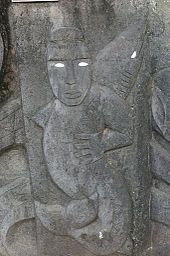
Polynesian mythology encompasses the oral traditions of the people of Polynesia together with those of the scattered cultures known as the Polynesian outliers. Polynesians speak languages that descend from a language reconstructed as Proto-Polynesian – probably spoken in the Tonga and Samoa area around 1000 BC.
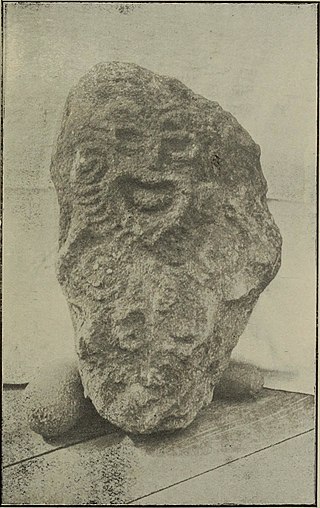
In Māori mythology, Rongo or Rongo-mā-Tāne is a major god (atua) of cultivated plants, especially kumara, a vital crop. Other crops cultivated by Māori in traditional times included taro, yams (uwhi), cordyline (tī), and gourds (hue). Because of their tropical origin, most of these crops were difficult to grow except in the far north of the North Island, hence the importance of Rongo in New Zealand.

In Māori mythology the primal couple Rangi and Papa appear in a creation myth explaining the origin of the world and the Māori people. In some South Island dialects, Rangi is called Raki or Rakinui.
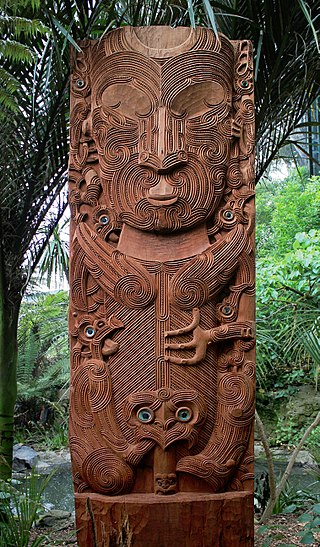
In Māori mythology, Tāne is the god of forests and of birds, and the son of Ranginui and Papatūānuku, the sky father and the earth mother, who used to lie in a tight embrace where their many children lived in the darkness between them.
Tangaroa is the great atua of the sea, lakes, rivers, and creatures that live within them, especially fish, in Māori mythology. As Tangaroa-whakamau-tai he exercises control over the tides. He is sometimes depicted as a whale.
Atea is a deity in several Polynesian cultures, including the Marquesas and Tuamotu Islands, and New Zealand.
Marama is a Polynesian deity of varying representation and importance depending on the society or tribe being discussed.
Miru is a goddess in the Polynesian mythology of the Cook Islands who lives in Avaiki beneath Mangaia. She is known to feast on the souls of dead people. One way she eats the souls is by putting them into a bowl of live centipedes, causing them to writhe in agony. Miru then encourages them to seek relief by diving into a lake, where they drown. They then can be cooked and eaten at her leisure.

Avaiki is one of the many names by which the peoples of Polynesia refer to their ancestral and spiritual homelands.

In Cook Islands mythology, Avatea was a lunar deity and the father of gods and men in Mangaian myth of origin. His eyes were thought to be the Sun and the Moon; he was also known as the god of light.
Ngaru is a mythological hero from Avaiki (Hawaiki) in the mythology of Mangaia in the Cook Islands. Ngaru's mother was Vaiare and his grandfather the great lizard Moko. His wife was the beautiful Tongatea. To prove his prowess, he battles Tikokura and the shark Tumuitearetoka, who he outwits with the aid of Moko. he later descends to the underworld and returns to the land of the living where he subsequently defeats the sky fairies and Amai-te-rangi, a sky demon.

In Polynesian mythology, stories about Tinirau are found throughout the islands of Polynesia. He is a guardian of fish. Many themes recur in the various versions. Often he travels to another land in search of his wife, or his wife travels to another land in search of him; sometimes he treats his wife badly, or she rejects him; while he is guardian of fish, it is his wife who gives the fish their individual characteristics. Sometimes their anxious or jealous relatives try to separate the lovers.
In Polynesian mythology, Hawaiki is the original home of the Polynesians, before dispersal across Polynesia. It also features as the underworld in many Māori stories.
In Cook Islands mythology of the southern Cook Islands group, the earth goddess Papa was created when Varima-te-takere, the primordial mother goddess, plucked her out from the left side of her body. Papa married her brother, the sky god Vatea. They had twin sons, the sea god Tangaroa and the vegetation god Rongo.
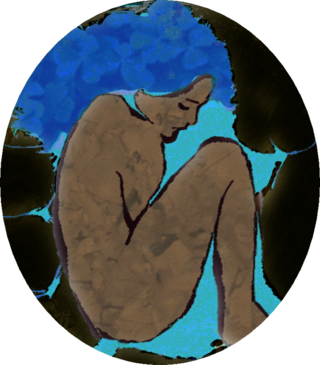
In Cook Islands mythology, Varima-te-takere also called Vari, was the primordial mother of the gods and mortals.
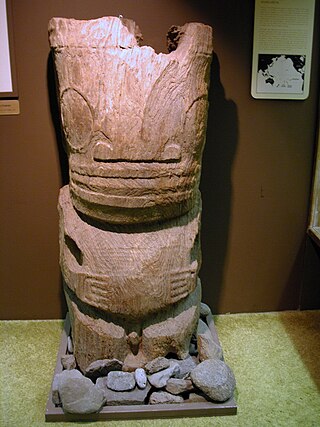
Mangarevan narrative comprises the legends, historical tales, and sayings of the ancient Mangarevan people. It is considered a variant of a more general Polynesian narrative, developing its own unique character for several centuries before the 1830s. The religion was officially suppressed in the 19th century, and ultimately abandoned by the natives in favor of Roman Catholicism. The Mangarevan term for god was Etua.
In Cook Islands mythology, Tango (Support) was the third child of the primordial mother goddess, Varima-te-takere. He was assigned to live at Enua-kura. According to Mamae, Gill's informant, Tango was the progenitor of a skilled fishing family. That the six grandsons of Tango were good workers is shown in the native text. The enclosure (akeke) for fish mentioned in a chant has not been retained in the local culture of the people.

The culture of the Cook Islands reflects the traditions of its fifteen islands as a Polynesian island country, spread over 1,800,000 square kilometres (690,000 sq mi) in the South Pacific Ocean. The traditions are based on the influences of those who settled the Cook Islands over many centuries. Polynesian people from Tahiti settled in the Cook Islands in the 6th century. Portuguese captain Pedro Fernandes de Queirós made the first recorded European landing in the islands in the early 17th century, and well over a hundred years later, in the 18th century, the British navigator, Captain James Cook arrived, giving the islands their current name. Missionaries developed a written language, bringing schools and Christianity to the Cook Islands in the early 19th century. Cook Islands Māori, also known as Māori Kūki 'Āirani or Rarotongan, is the country's official language.
Mahiriki Tangaroa is a New Zealand-born Cook Islands photographer and painter. She is a former director of the Cook Islands National Museum. She is recognised as a leading contemporary Cook Islands artist, and her work is regularly exhibited in galleries in New Zealand and the Cook Islands.
In antiquity, Cook Islanders practiced Cook Islands mythology, before widespread conversion by the London Missionary Society during the nineteenth century. In modern times, the Cook Islands are predominantly Christian, with the largest denomination being the Cook Islands Christian Church.
